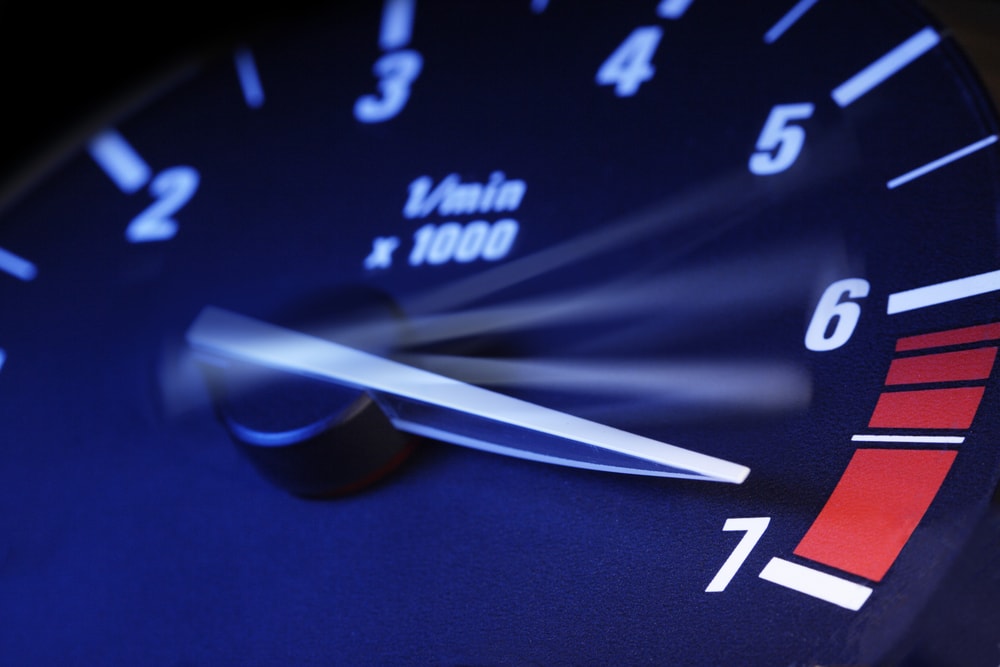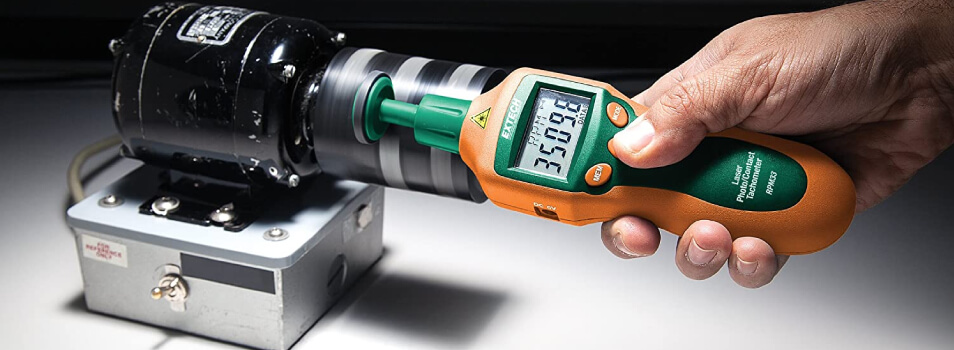When it comes to understanding automotive technology, the placement of various sensors plays a crucial role in ensuring that your vehicle runs efficiently. One of the most critical sensors is the tachometer sensor. This article will provide a comprehensive guide on where the tachometer sensor is located and its significance. We will explore this topic in great depth so that even someone new to automotive technology can understand. Industry QA Professionals will find this information invaluable for both personal and professional applications.

Introduction to Tachometer Sensors
A tachometer sensor is a device that measures the rotational speed of an object, typically an engine’s crankshaft. This sensor plays a vital role in monitoring the engine’s RPM (revolutions per minute), making it an essential component for maintaining optimal performance.
Types of Tachometer Sensors
- Analog Tachometers: These are traditional tachometers that use a mechanical setup to measure speed.
- Digital Tachometers: These use modern electronics to provide more precise readings.
How Tachometer Sensors Work
The basic principle of a tachometer sensor is to convert rotational speed into an electrical signal that can be read by the vehicle’s computer system. This information is then displayed on the dashboard for the driver to see.
Location of Tachometer Sensors in Different Vehicles
Cars and Trucks
In most cars and trucks, the tachometer sensor is usually located near the engine’s crankshaft. More specifically, it can be found either on the flywheel or the timing belt cover.
SUVs and Sedans
For SUVs and sedans, the sensor is typically located in a similar position to cars and trucks, often near the crankshaft.
Motorcycles
In motorcycles, the tachometer sensor is generally found near the engine block, usually in proximity to the crankshaft or camshaft.
Heavy Machinery
Heavy machinery like tractors and construction equipment also utilize tachometer sensors. These are often located near the engine but can vary depending on the make and model.
Installation and Maintenance
Installing a Tachometer Sensor
Installing a tachometer sensor requires some technical know-how. Here’s a general guide:
- Locate the appropriate position near the crankshaft.
- Install mounting hardware if needed.
- Connect the sensor to the vehicle’s computer system.
- Test the sensor to ensure it is functioning correctly.
Maintenance Tips
Maintaining your tachometer sensor is crucial for its longevity and accuracy. Here are some tips:
- Regularly check for any wiring issues.
- Keep the sensor clean and free from debris.
- Periodically test the sensor’s accuracy.
Problems and Troubleshooting
Common Issues
Common problems with tachometer sensors include:
- Electrical faults.
- Physical damage.
- Software glitches.
Troubleshooting Guide
If you encounter issues, here are some steps you can take:
- Check the wiring for any loose connections.
- Inspect the sensor for physical damage.
- Use diagnostic tools to identify software issues.
Technological Advancements
Recent Innovations
Recent advancements in technology have led to more accurate and reliable tachometer sensors. Modern sensors can provide real-time data and integrate seamlessly with advanced vehicle computer systems.
The Future of Tachometer Sensors
The future looks bright for tachometer sensors. With the advent of autonomous vehicles and more sophisticated automotive technology, we can expect even more advancements in this field.
Relevance to Industry QA Professionals
For Industry QA Professionals, understanding the location and function of tachometer sensors is crucial. This knowledge not only aids in vehicle maintenance but also in improving quality assurance processes in the automotive industry.
Conclusion
In conclusion, the tachometer sensor is a vital component in any vehicle, playing a crucial role in engine performance and overall vehicle health. Whether you are a professional in the automotive industry or a vehicle owner, understanding where the tachometer sensor is located and how it functions can greatly benefit you.

FAQs
What is a tachometer sensor?
A tachometer sensor is a device that measures the rotational speed of an object, usually an engine’s crankshaft.
Where is the tachometer sensor located in a car?
In most cars, the tachometer sensor is located near the engine’s crankshaft, often on the flywheel or timing belt cover.
How do I maintain a tachometer sensor?
Maintaining a tachometer sensor involves regularly checking for wiring issues, keeping the sensor clean, and periodically testing its accuracy.
For more information on this topic, check out this detailed guide on [tachometer sensors](https://www.azosensors.com/article.aspx?ArticleID=310).